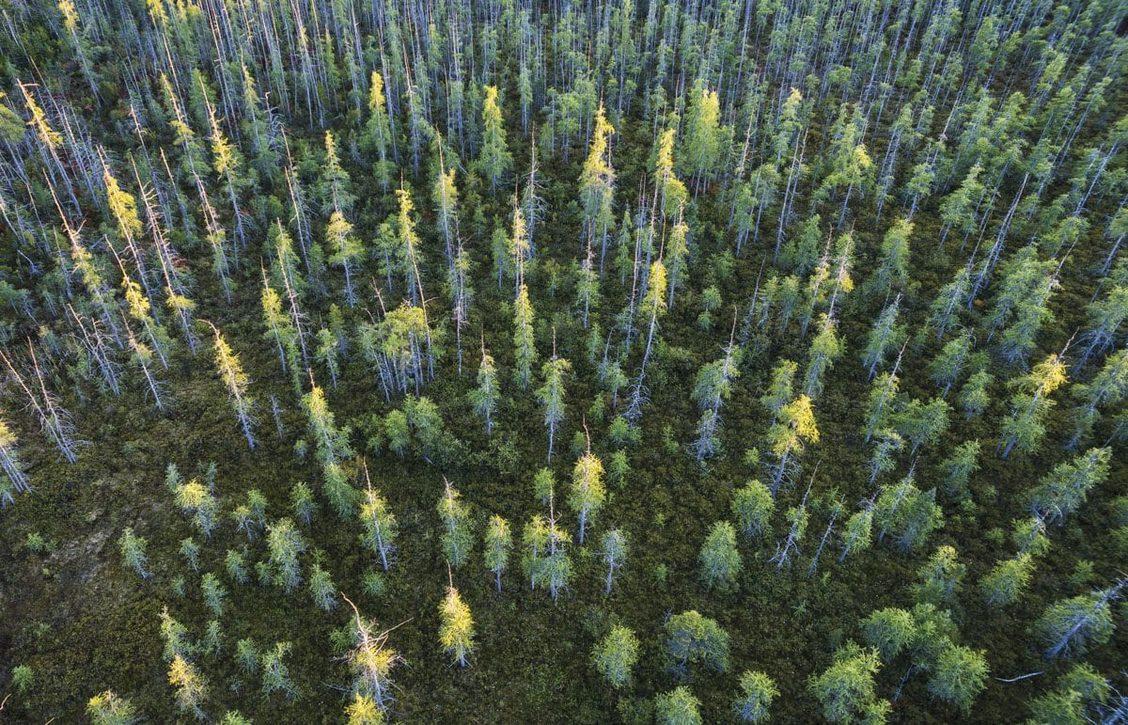Hundreds of thousands of acres in the North Country are hosting carbon offset projects and many of them are forestry-related. But how does that translate to climate mitigation?
Forestry offset projects, meant to conserve land, are enrolled in the compliance and voluntary markets. In California, the compliance market is overseen by the Air and Resources board. While researching for our carbon offset series, I learned that credits enrolled in the compliance market are generally worth more than its voluntary counterpart. But the price of a credit can range widely from a few dollars to more than $50.
To be certified, or deemed effective, experts say projects should meet some basic standards. I go over those in the article linked here. There’s also a larger question by scientists, landowners and climate-conscious people about whether the projects work in mitigating climate change.
Some call it a greenwashing tactic while others look at it as a necessary tool to achieve a net-zero emission status.
Flooding update
Hard-hit by flooding earlier this month, Hamilton and Essex counties are moving slowly toward restoration of services although road closures remain. Here is the latest update from my colleague Mike Lynch.
One consequence of the damage is that several long-term wildlife, climate and scientific monitoring projects conducted on the campus’s 15,000-acre Huntington Wild Forest are also on hold or revised.
Students who were in the process of studying small mammals by capturing and tagging them cannot conduct their research at long-used study sites because of road damage.
Beech leaf disease
Beech leaf disease has been discovered in the town of Bolton on the western side of Lake George, making it the second known case in the Adirondack Park, the Adirondack Park Invasive Plant Program announced Thursday.
The affected trees are along a hiking trail that runs through Bolton’s Edgecomb Pond property.
State Department of Environmental Conservation forest health technicians made the discovery on June 20 when monitoring the Cat and Thomas mountains area. It was confirmed on July 11. Of the 106 trees surveyed, five had mild symptoms.
The first confirmed case of BLD in the Adirondacks was in Herkimer County in 2022; it was first confirmed in the U.S. in Ohio in 2012. The disease has since spread throughout much of western New York, Long Island, and lower Hudson Valley. Its origins are unknown.

